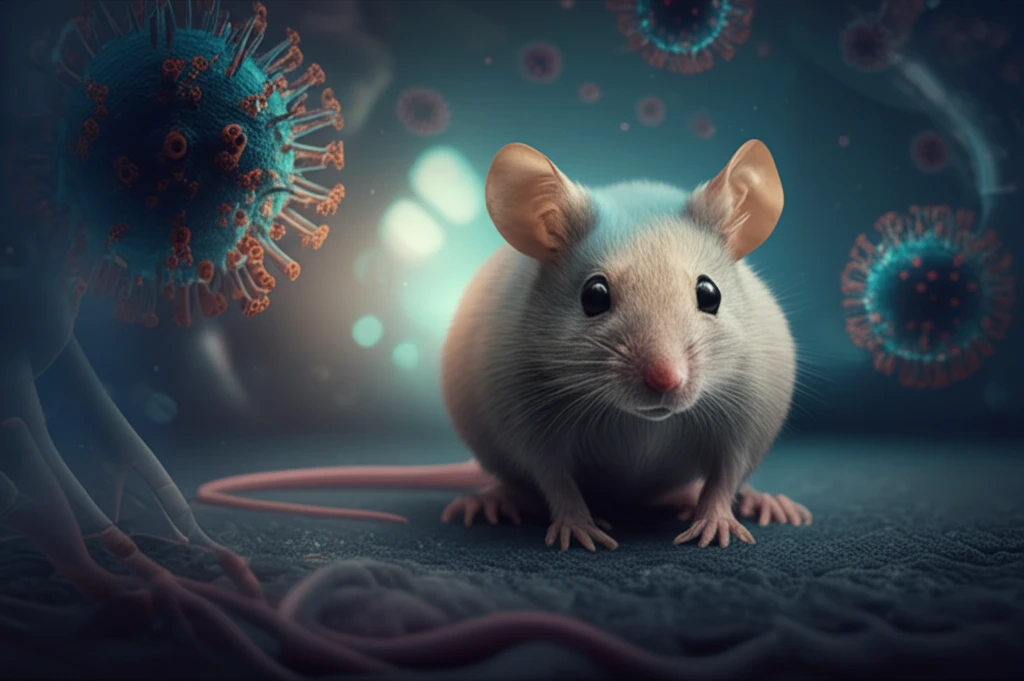
Humanized Mice: Revolutionizing HIV-1 Research and Prevention
"Discover how these innovative models are accelerating the development of effective strategies against mucosal transmission"
HIV-1, a human-specific pathogen, has long posed a significant challenge for researchers aiming to understand its complex pathogenesis and develop effective prevention and treatment strategies. Traditional animal models have proven inadequate in replicating the intricacies of HIV-1 infection in humans, hindering progress in the field. However, the advent of humanized mice (hu-mice) has revolutionized HIV-1 research, providing a powerful platform for studying the virus and testing novel interventions.
Hu-mice, engineered to possess human cells and tissues, offer a unique opportunity to mimic HIV-1 infection and disease progression in a living organism. These models have undergone remarkable advancements in recent years, with new generations of hu-mice exhibiting enhanced human immune system reconstitution and permissivity to HIV-1 infection. This improved fidelity to human biology has transformed hu-mice into invaluable tools for investigating HIV-1 pathogenesis, evaluating preventive measures, and developing therapeutic interventions.
Among the various hu-mice models, two prominent types stand out: hu-HSC mice and BLT mice. Both models support HIV-1 infection and immune responses, but they differ in their construction and characteristics. The hu-HSC model involves engraftment of human CD34+ hematopoietic stem cells (HSCs), while the BLT model involves transplantation of human fetal thymic and liver tissues along with CD34+ HSCs. These models each offer distinct advantages for studying different aspects of HIV-1 infection and prevention.
Modeling HIV-1 Mucosal Transmission

The primary route of HIV-1 transmission is through sexual contact, specifically via the vaginal or rectal mucosa. Therefore, understanding the mechanisms of mucosal transmission and developing effective prevention strategies are crucial for curbing the spread of the virus. Hu-mice have emerged as powerful tools for modeling HIV-1 mucosal transmission, enabling researchers to study the dynamics of infection and evaluate the efficacy of interventions.
- Hu-mice can be infected with HIV-1 via vaginal and rectal routes, mimicking natural transmission.
- Oral and topical PrEP strategies have shown success in hu-mice models.
- Researchers can evaluate new anti-HIV-1 compounds in the pipeline.
The Future of HIV-1 Research
Humanized mice have revolutionized HIV-1 research by providing a physiologically relevant platform for studying the virus and evaluating new prevention and treatment strategies. Their ability to model HIV-1 mucosal transmission has opened new avenues for understanding the dynamics of infection and developing effective interventions. As hu-mice models continue to evolve and improve, they hold immense promise for accelerating progress towards ending the HIV/AIDS pandemic.
